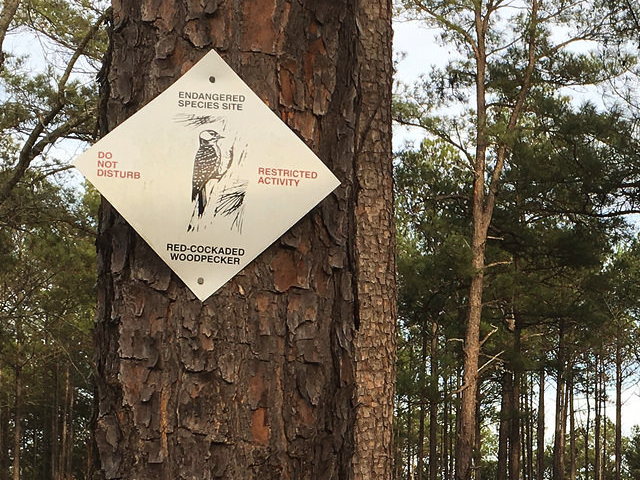It looks increasingly likely that Congress will attempt to overhaul the Endangered Species Act next year. Rob Bishop, chairman of the House Natural Resources Committee, recently announced that ESA reform will be one of his major objectives and expressed confidence he’ll get something done. There are at least five ESA-related proposals currently before Congress, ranging from species-specific changes to how the statute is administered to broader reforms requiring greater consideration of economic impacts.
Recognition that the statute needs to be reconsidered is not limited to the right. In this weekend’s Washington Post, professors Peter Alagona and James Salzman, who oppose the proposals currently before Congress, nonetheless argue that reform is needed and should focus on matching the ESA’s ethics with its incentives.
As any student of economics knows, incentives matter. The fundamental political problem with the act is that its incentives don’t match its ethics. Conserving endangered species benefits everyone in society, but a small number of people bear the cost — usually the landowners whose property use could be restricted if a protected species turns up.
Having an endangered species on one’s land can too often be seen as a burden. Roughly 90 percent of endangered species may be found on private lands, so this is not a small issue. Reforms should focus first and foremost on shifting the perception of endangered species as a liability into a potential asset.
The ESA’s ethics—protecting imperiled species from extinction—are laudable and overwhelmingly popular. But those motives only get you so far. They suggest that something should be done, but not what.
The ESA has to be judged on its effects and, although contested, it’s pretty clear that the statute creates incentives that undermine conservation rather than encouraging recovery and it imposes often significant burdens in an unfair way. As I’ve written before, disputes over whether the ESA is a failure because less than 2% of listed species have recovered or a success because only 1% of listed species have gone extinct obscure more than they reveal.
Some efforts to conserve endangered species are effective, including state-led conservation programs and voluntary conservation undertaken by environmental groups. The controversial parts of the statute . . . not so much. The prohibition against the take of listed species and the designation of critical habitat are responsible for much of the statute’s bad incentives. The take prohibition encourages preemptive habitat destruction and makes it more difficult to pursue recovery efforts. Critical habitat similarly encourages the destruction of habitat and discourages its creation. Together, these restrictions make a rare species’ presence on private property a significant liability.
Fixing these incentive problems will require a more fundamental change to the ESA than any of the currently proposed bills. It would require a shift away from heavy-handed regulations to positive encouragement for the improvement of habitat and recovery of species’ populations. Sticks can be effective at discouraging activity, but spurring action requires a carrot.




